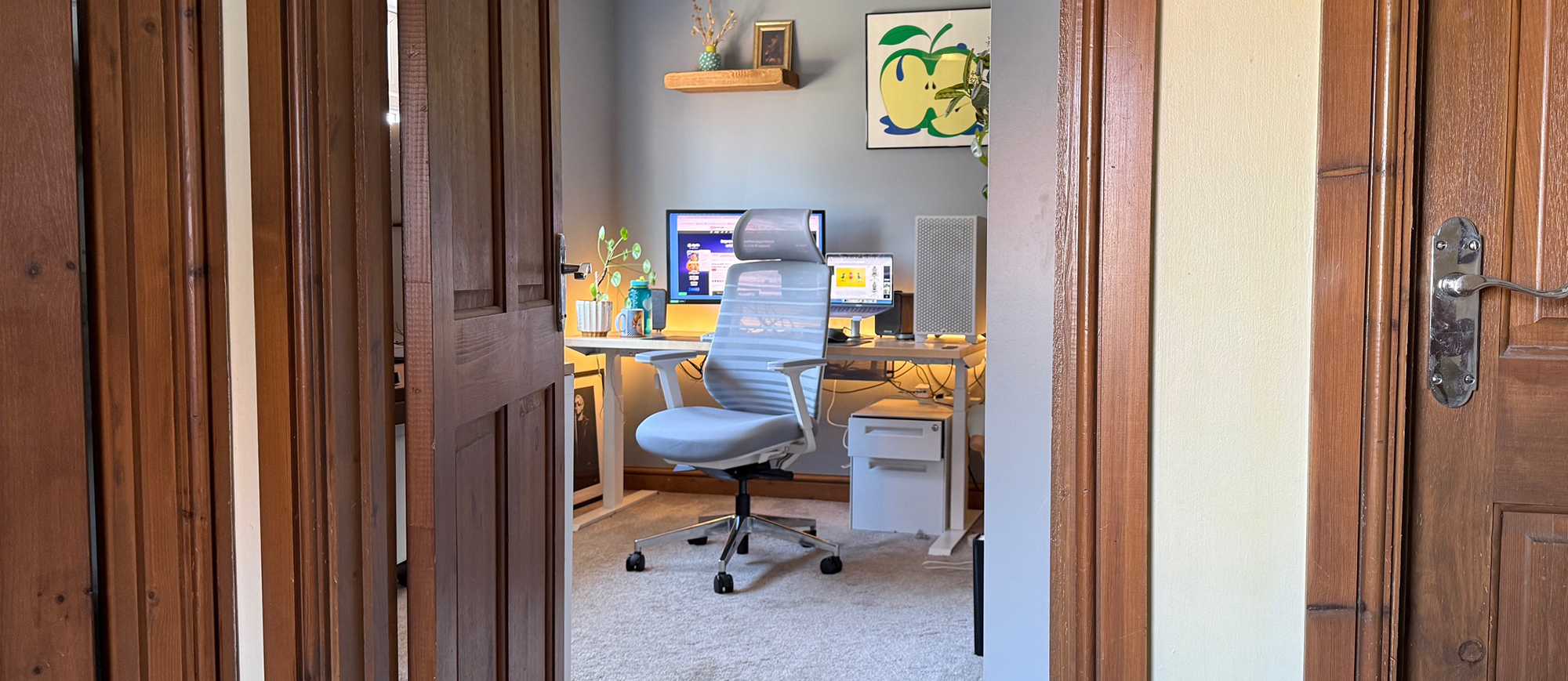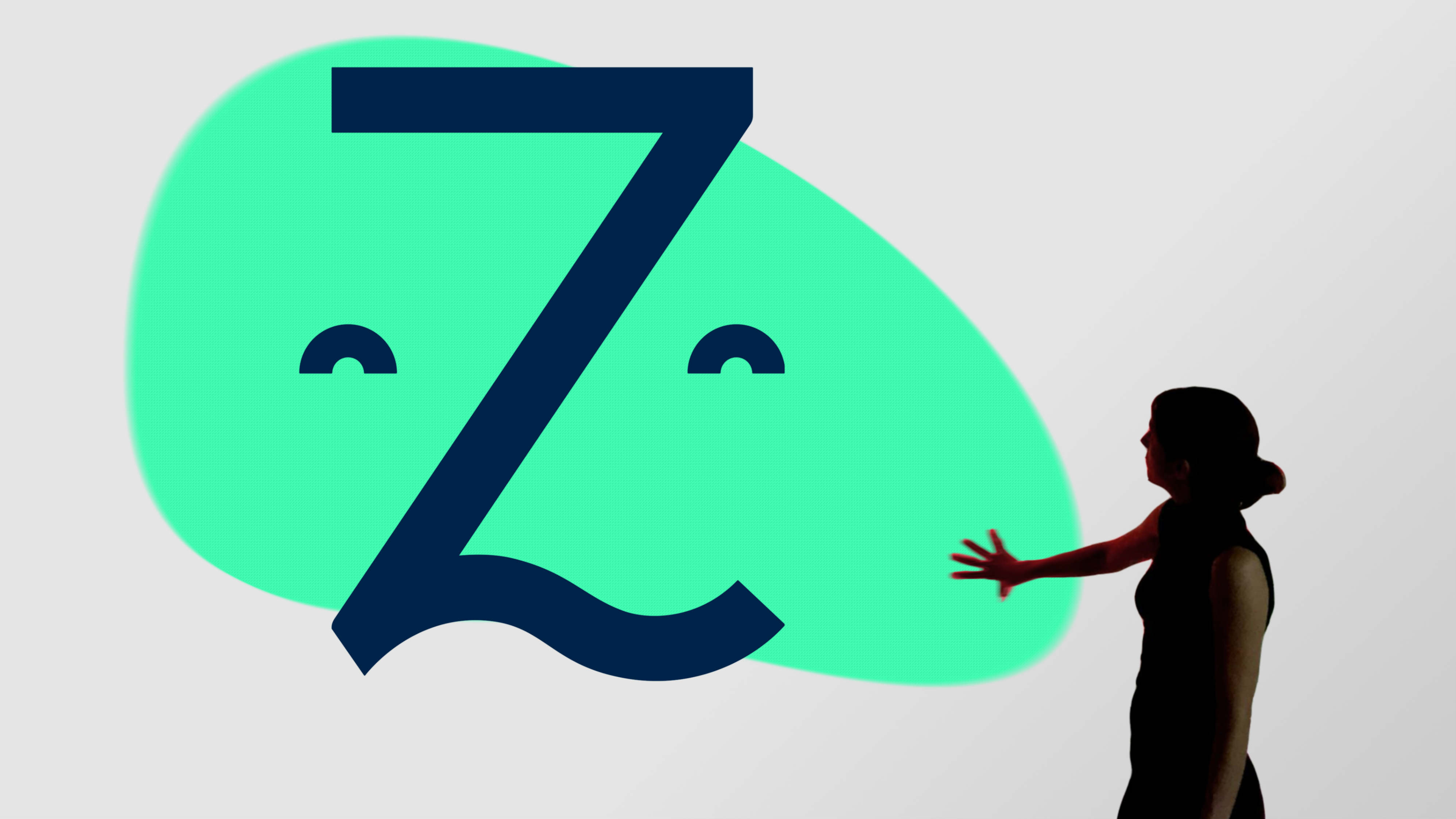
As humans, we naturally seek out and identify patterns; it’s how we’re programmed. So when it comes to logo design, as with all design work, it's natural to look for identifiable trends. But there’s also a lot of confusion, and often wishful thinking, when it comes to identifying whether a trend actually exists or not.
If you're feeling uninspired and want to get the creative juices flowing, check out our post on where to find logo design inspiration. You might also want to see our piece on typography trends for 2019.
What are logo design trends?
“Finding trends in the vast sea of great work can be tricky,” says Chris Harmon, creative director at Loyalkaspar. “Sometimes you gravitate to your own taste, and trends become self-fulfilling prophecies.”
Take, for example, negative space. We’ve seen a number of great examples of negative space being used in logo design this year, from Buzzfeed News to Jetsave Tours. But does that make it a trend, or just a timeless technique? As Rob Garner, senior designer at 23Red, puts it: "I’m very wary of trends when it comes to design. These often ignore brand values, allowing communication to be absorbed into life’s wallpaper where nothing really stands for anything. It becomes more about feeling safe in similar surroundings."
At the same time, it’s inarguable that some clear logo trends do exist. And although you shouldn’t unthinkingly follow them, it’s still useful to know what they are, even if it’s for the express purpose of avoiding them.
Here, with one day left of 2018, we take a look back at the past year and identify six logo trends that look set to continue into 2019 and beyond. What you do with this knowledge is entirely up to you...
01. Simplification
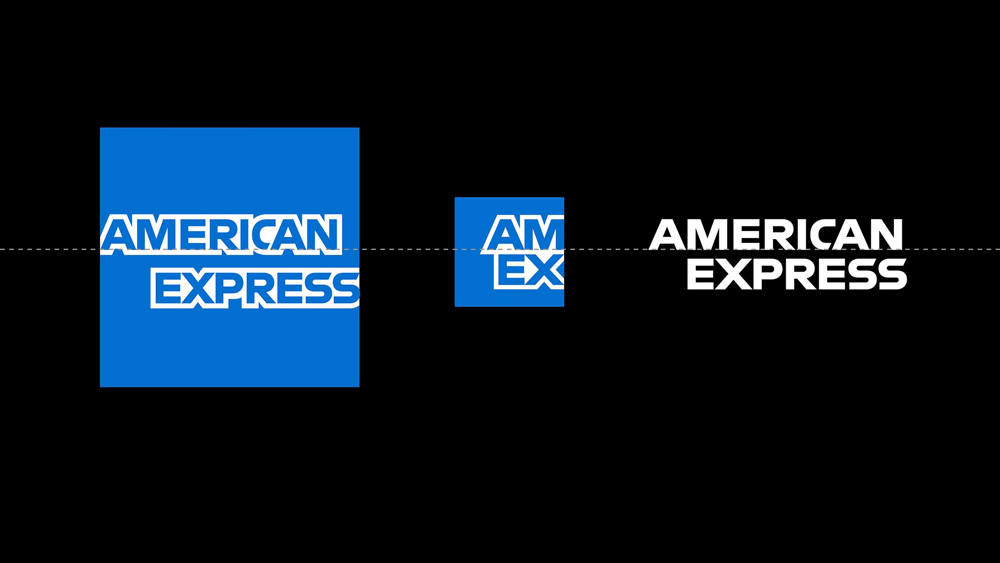
We’ll start with a trend that’s been popular for years now, but still shows no signs of abating: simplification. We’re talking about, in the words of FINE’s design director Joe Flory: “an overarching trend to eschew extraneous ornamentation in favour of a simpler and uncompromising visual aesthetic”.
Get the Creative Bloq Newsletter
Daily design news, reviews, how-tos and more, as picked by the editors.
As Alastair Holmes, associate creative director at This Place, explains: “When it comes to logo design and branding, there seems to be a trend towards simplifying things, so either taking the existing brand or logo and simplifying it, or completely redesigning the logo to be cleaner.
"Good examples of this are Pentagram's American Express rebrand, which tweaked and cleaned up the original, and the Uber rebrand, which was a total redesign in order to freshen up and simplify.”
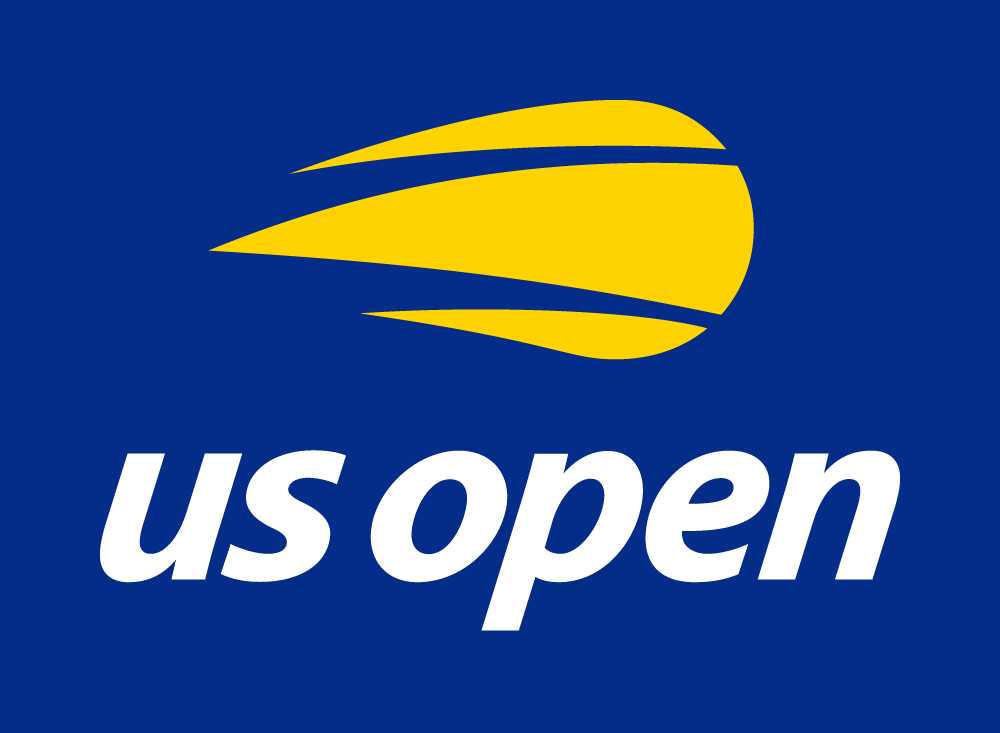
He notes that while the trend for simplification is all-pervading, the reasons for doing so can differ. “Some companies that have their logos and brands freshened up are happy with what they stand for,” he says. “In the case of Uber, however, the redesign was part of them trying to move away from recent controversies and present themselves in a new light. In both cases, though, it's an ongoing way of evolving an established brand to make it feel more current and contemporary.”
Other examples abound: Best Buy, Mills & Boon, the US Open, Santander, City Gateway, Ogilvy, Fat Face, MailChimp… the list goes on and on. And logos will likely continue to become simplified throughout 2019 and beyond, believes Holmes.
“This trend probably has a fair way to run,” he says, “because it's at least in part a reflection of what's been happening in the design of digital interfaces... and digital is only going to become more important for all big companies.”
02. Responsive logos
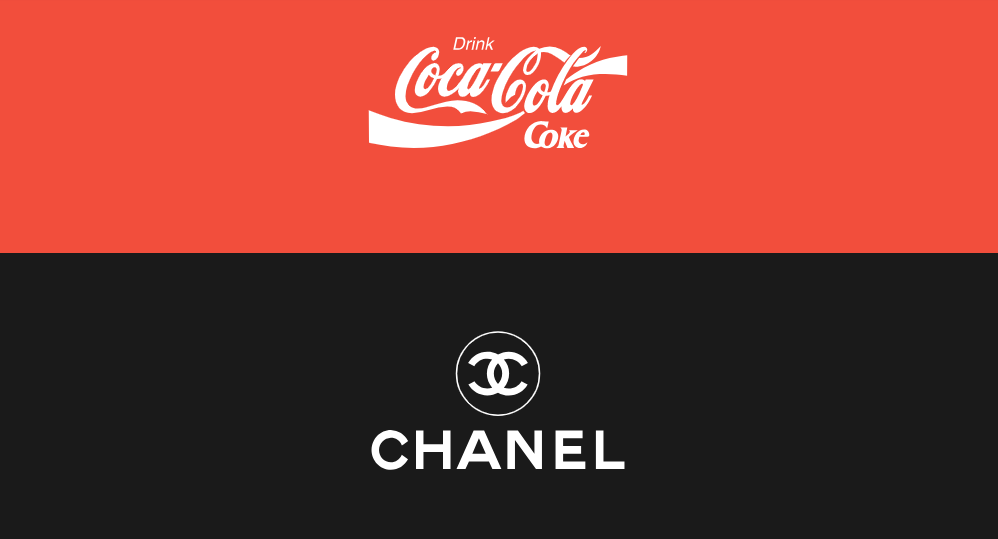
Beth Anderton-Allen, a creative at Amplify, agrees that the needs of digital are having a big effect on how we design our logos, and points out that it goes beyond mere simplification. “Due to the increase in mobile platforms, responsive logo design is becoming increasingly important,” she says.
If you want to see what a responsive logo looks like in practice, just head to responsivelogos.co.uk, resize your browser window and see what happens.
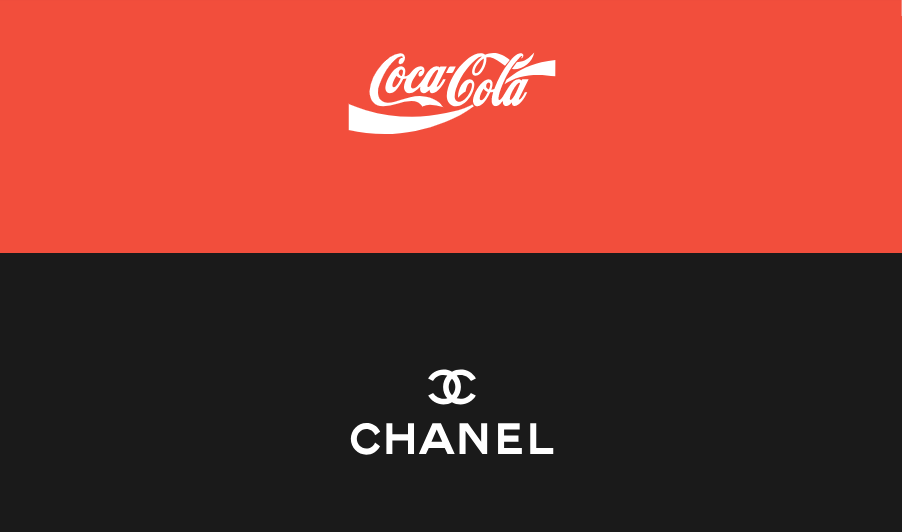
A responsive logo is fully scalable for the modern web, but it’s not just about size, says Yego Moravia, executive creative director at Stink Studios. “We're also seeing a trend in dynamic identity, where logos are beginning to behave differently than before by using data, and changing based on whether a user is signed in or out,” he explains.
“For example, when a user logs into their Google mail inbox, there’s an icon at the top-right corner that differs from their personal account to their business account. Between accessibility, tools, and photo, this is just one example of logos adapting their image depending on the data attached."
03. Authenticity
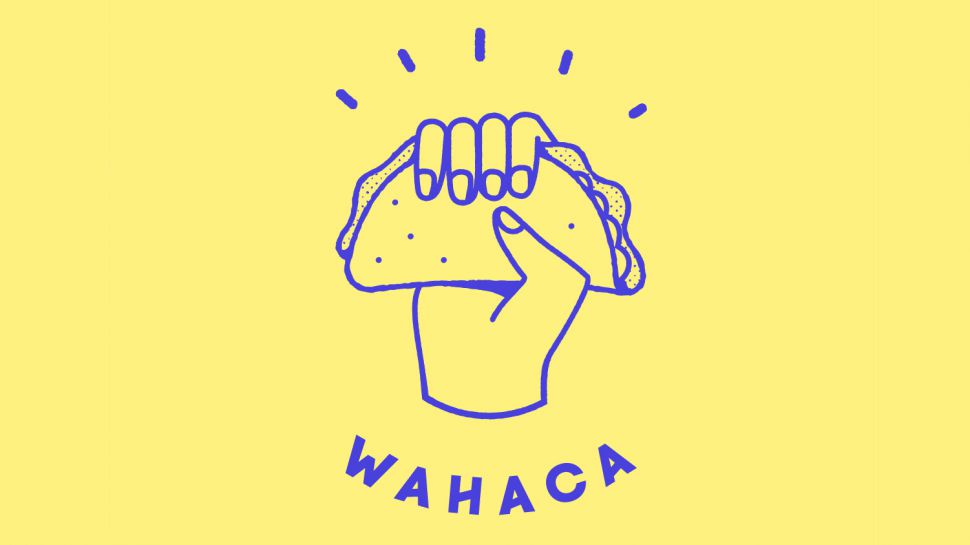
Not every brand in 2018 has been trying to simplify its logo, and nor should they, says Holmes. “This idea of simplifying things is particularly relevant for any brand with a strong digital presence,” he notes. “But where it might not be so relevant is for brands that perhaps want to communicate a more natural aesthetic.
"For example, consider wine labels and earthy food brands, such as the organic food retailer Abel & Cole. It does have a digital presence, but it also has a more rustic feel to its branding in order to reflect what it's about.”
So what exactly does ‘authenticity’ mean in the context of identity design? “It means being yourself, and being honest about who you are,” says Harmon. “Brands are asking themselves: 'How can I be myself if I’m using the same font as a hundred other brands, especially when that other brand is a real asshole?' In response, brands are making custom fonts that honestly feel like themselves, and no one can copy them."

Jiri Bures, creative director of creative agency Imagination tells a similar story. "This year custom typefaces are all the rage. Whilst brands would previously adopt a corporate typeface, they’re increasingly commissioning their own unique versions. Cost is a factor with online license fees skyrocketing but it’s more than just that. Netflix, Airbnb and YouTube are only a few recent examples. Each have launched their own typefaces this year engineered specifically for their platforms to ensure deeper engagement and attribution."
What goes for price also goes for colour, adds Harmon. "Brands are asking how can I break through to millennials using the same pink everyone is using? Well, you can’t, so they’re finding new approaches to colour, taking steps to ensure that colour speaks to who they feel they are as a brand, and not viewing colour as data points to their target audience's liking.”
In short, there’s no one blueprint for being authentic with your logo design, but that’s kind of the point. As Harmon explains, it’s all about asking questions. “For example, if our brand is brief and snappy, should we be using a bold and condensed font? If we’re all about relaxation, should we open up our kerning and let our message breathe? A level of self-reflection is influencing every design decision being made, and if brands aren’t asking those questions they’ll soon be scrambling to catch up.”
04. Sustainable logo design
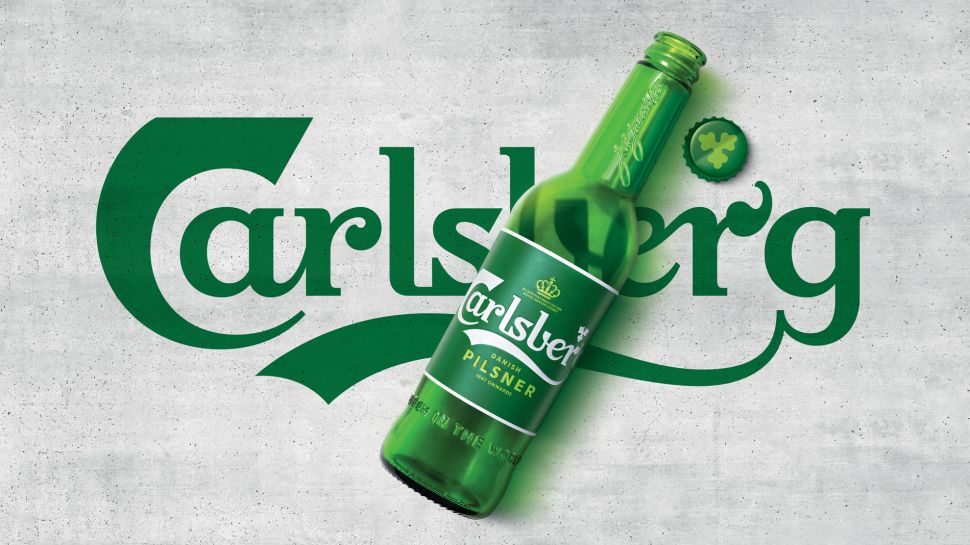
Does the need for a brand to appear authentic conflict with the urge to simplify? In the eyes of Chris Maclean, creative director of Wolff Olins, it doesn’t have to.
“A big reason for the simplification and graphic reduction of logos we’re seeing is that whilst identity systems might evolve as design trends change, logos have a much longer timeline,” he explains.
“A more classic logo design will stand the test of time better than one tied to the stylistic trends of the day, while the surrounding identity can flex according to changing expression requirements. For this reason, we think we can expect to see more brands simplifying their logo in favour of expressive brand systems that can flex more rapidly.”
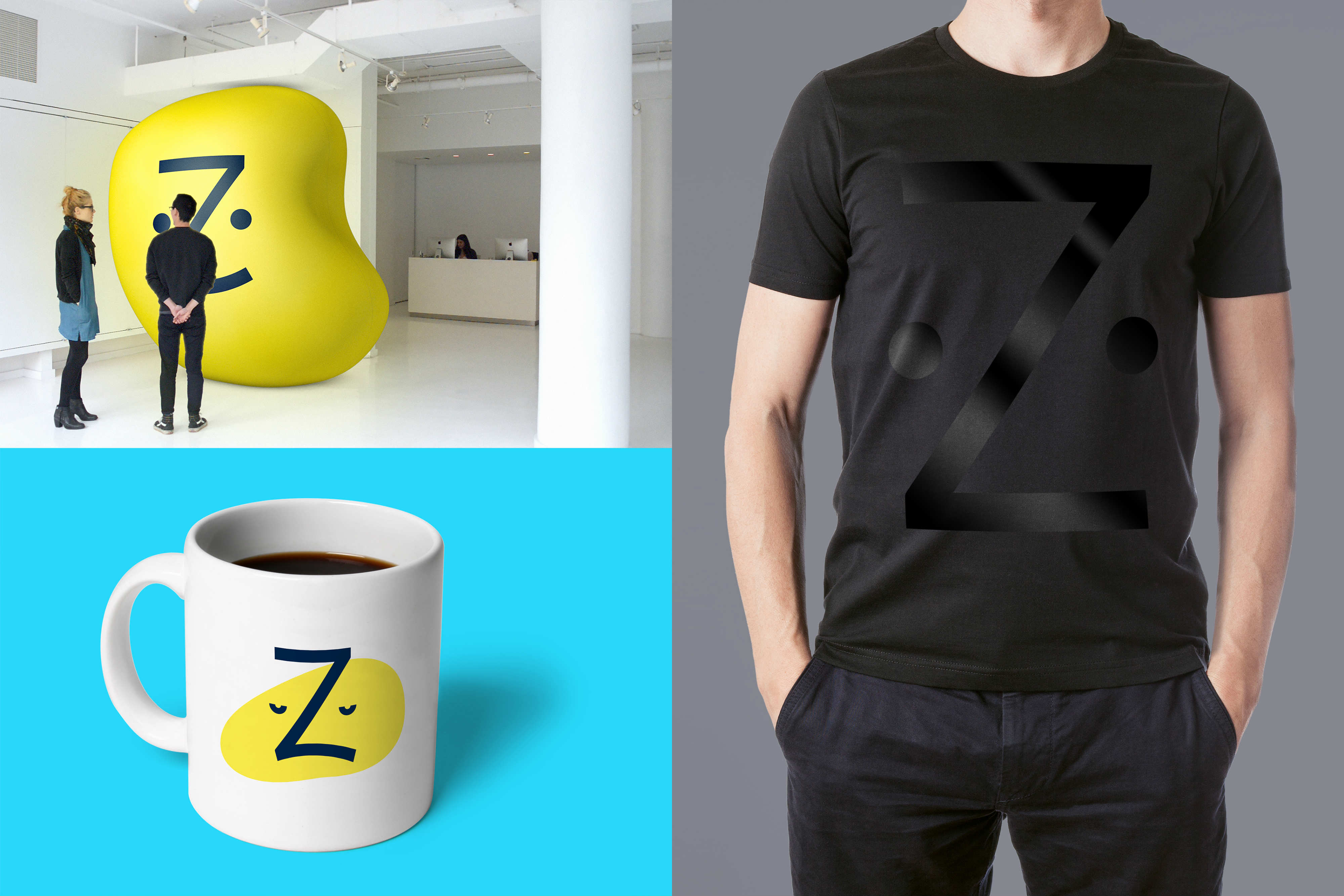
In other words, rather than bringing out a totally different ‘on trend’ logo every couple of years, Maclean believes we’re seeing a return to classic design values, where brand innovation comes from various touchpoints, but specifically not the logo. He cites the 2018 logos for Uber, healthcare app Zocdoc, communication protocol Zigbee as examples of this trend.
Another recent example can be seen in Taxi Studio’s rebrand of Carslberg; on its launch, creative partner Spencer Buck told us: "The new design system is very much anti-trend. It's designed to be permanent, or more permanent than any iteration of the design system has been before. There shouldn't be any need to change this for a good long time. That's part of the sustainable thinking that was built into the very core of the brief."
“Trends are short-term,” points out Troy Wade, strategy head and co-founder, Brown&co. “And that’s great if you’re in advertising, but not if you’re trying to create something that’s going to last, and still look appropriate in the medium or long term. Think about Coca-Cola’s identity, which transcends any trend, versus Pepsi, which keeps trying to change and be trendy.”
05. Getting playful with fashion logos
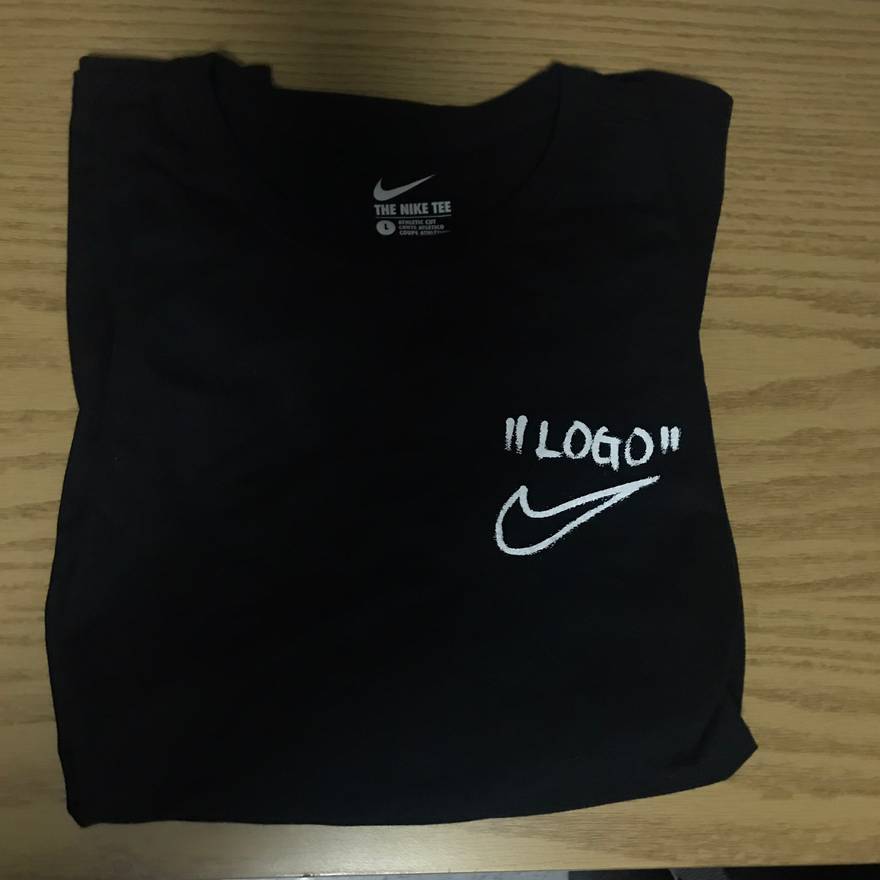
If brands are becoming more focused on the long-term when it comes to their core logo designs, that doesn’t mean there isn’t room for fun and innovation in secondary or one-off logos. And the fashion world has been leading the way this year in getting playful with its once-sacred logos.
“Over the course of the past year, major brands have begun to engage heavily and publicly in creative collaboration, such as between US fashion designer Virgil Abloh and Nike,” says Charley Lewis, executive creative director at Optimist Inc Los Angeles. The latter, interestingly, includes a fun new take on the classic Nike logo, shown above, which might once have been considered too important to mess with.
Another example in 2018 was the collaboration between H&M and Moschino, with the resulting logo 'H&MOSCHINO' appearing on T-shirts, innerwear and accessories. There was also a similar mashup between Moschino and MTV, to create an 'M[tv]OSCHINO' logo.
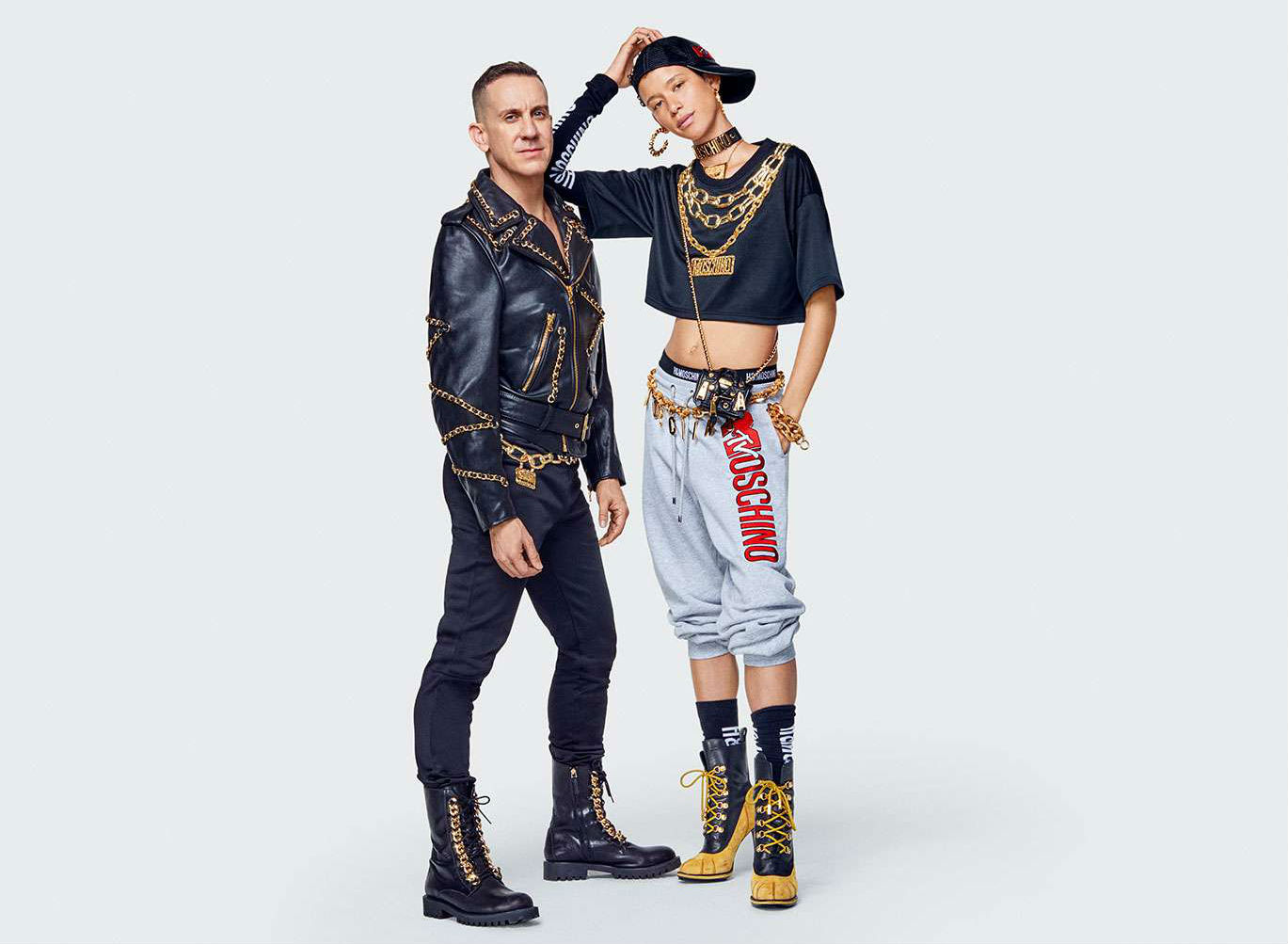
For a Swedish fast-fashion brand and a high-end Italian couture house to dilute their respective identities in this way might have been unthinkable a decade ago, but the pull of mashup culture is a strong one, believes Lewis.
“These collaborations are at the core of how brands are connecting with a generation who are constantly trying to differentiate themselves,” he explains. “For Gen Z, personal style choices are not necessarily dictated by a particular subculture, as they once were, but rather by the amalgamation of all contemporary culture. What really matters is standing out as an individual with a unique perspective on style.”
06. Gradients
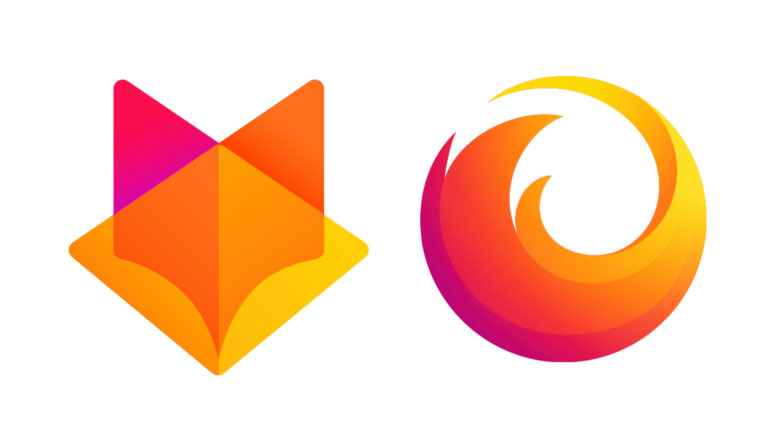
If core logo designs are being streamlined and simplified in 2018, then one way that designers have attempted to add a bit of added interest has been through colour.
“This year has seen a growing trend towards the use of gradients within logo design,” says brand identity designer Helen Baker. But while the use of gradients can be quite full-on, most notably in the branding of Apple and Sky, it can also be used more subtly.
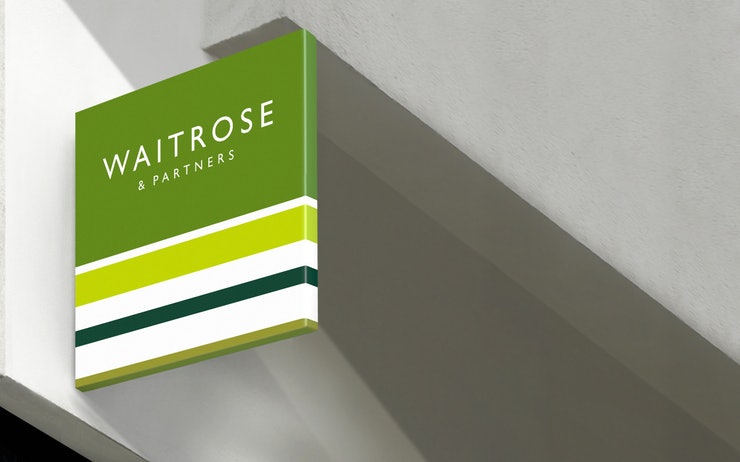
“The John Lewis and Waitrose Partnership rebrand by Pentagram earlier this year, shows the new Waitrose logo with different bands of green, a sort of deconstructed gradient,” Baker notes. “The spacing between the bands of the colours also achieves a feeling of transparency, a key feature brands want to portray." Other notable brands to use gradients in their logo redesigns this year include Disney Plus, Firefox and Trivago.
Read more:

Thank you for reading 5 articles this month* Join now for unlimited access
Enjoy your first month for just £1 / $1 / €1
*Read 5 free articles per month without a subscription

Join now for unlimited access
Try first month for just £1 / $1 / €1

Tom May is an award-winning journalist and editor specialising in design, photography and technology. Author of the Amazon #1 bestseller Great TED Talks: Creativity, published by Pavilion Books, Tom was previously editor of Professional Photography magazine, associate editor at Creative Bloq, and deputy editor at net magazine. Today, he is a regular contributor to Creative Bloq and its sister sites Digital Camera World, T3.com and Tech Radar. He also writes for Creative Boom and works on content marketing projects.
